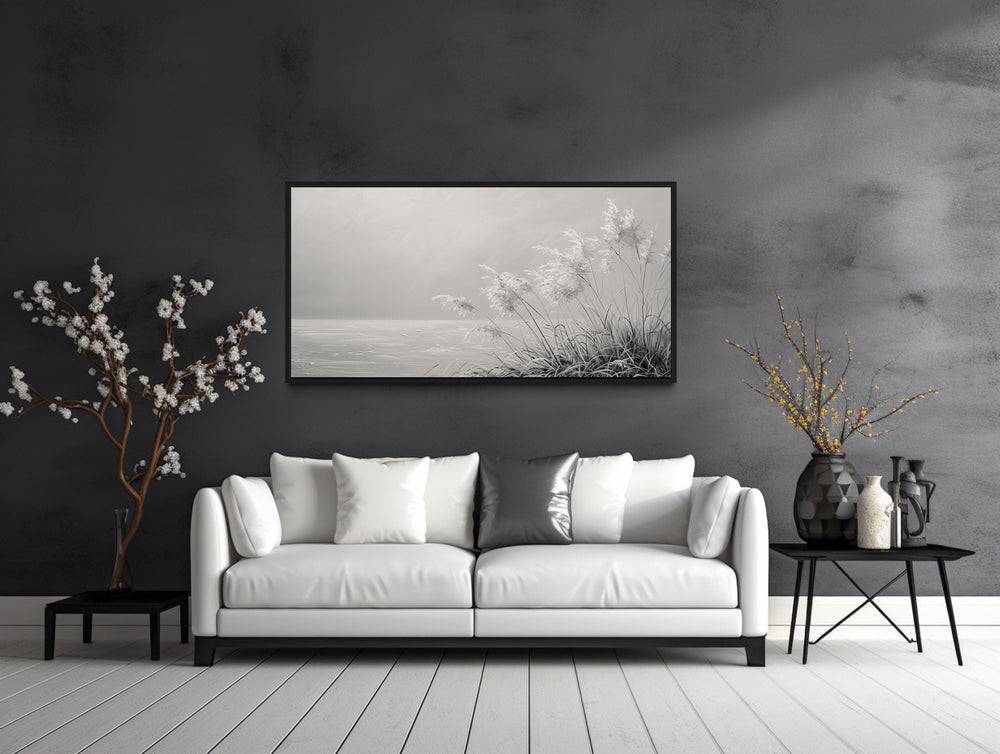Color Psychology in Wall Art: Impact on Photographers
For professional photographers, understanding the intricacies of color psychology in wall art can unlock a world of creative possibilities. Colors are more than just visual stimuli; they evoke emotions, set moods, and even influence decisions. As photographers, your choice of colors in wall art can profoundly affect viewers' perceptions and emotional responses.

The Significance of Color in Photography
Colors play a pivotal role in all creative endeavors, especially in photography. They have the power to transform a simple photograph into a compelling piece of art. For photographers, leveraging color psychology can enhance the storytelling aspect of their work, making it more relatable and impactful to the audience. It's essential to understand that different colors can evoke varied emotions and reactions. For instance, blue often represents calmness and serenity, while red can evoke excitement or passion.
Incorporating these color elements into wall art can enhance the ambiance of a space, making it more inviting or provoking. As a photographer, if you understand how colors interact and the emotions they evoke, you can create more engaging and meaningful art pieces. For more insights on incorporating colors, check out this guide on large wall art ideas.
Using Color Psychology in Wall Art
The application of color psychology in wall art is a strategic process that requires an understanding of both the art itself and the space it will inhabit. For instance, using vibrant colors in a workspace can boost creativity and productivity, while softer hues might be more suitable for a bedroom to promote relaxation.
Consider how motivational photo walls for workspaces use bright and energizing colors to inspire and energize. As photographers, you can apply these principles when selecting or creating art for various environments to ensure that it aligns with the intended emotional and psychological impact.
Creating Emotional Connections Through Color
One of the most powerful aspects of color is its ability to forge emotional connections. When used effectively in wall art, colors can evoke feelings of nostalgia, happiness, or even introspection. Photographers can play with this concept by carefully choosing color schemes that resonate with their intended audience.
For example, a series of photographs depicting autumnal landscapes might use warm, earthy tones to evoke feelings of comfort and warmth. To explore more about creating such atmospheres, take a look at oversized wall decor ideas.
Practical Applications for Photographers
Understanding color psychology can significantly enhance a photographer's ability to craft compelling wall art pieces. By considering the color preferences of the target audience and the intended emotional response, photographers can tailor their work to meet specific needs and expectations.
For instance, when designing art for a client's home, photographers might choose softer, more muted colors to create a tranquil environment. Alternatively, for a corporate setting, bolder colors could be used to convey energy and innovation. Photographers may find it beneficial to explore photo-based paintings for memorials that utilize personalized color schemes to evoke cherished memories.
Incorporating Trends in Color Psychology
Keeping up with trends in color psychology can provide photographers with fresh ideas and inspiration. As new trends emerge, they offer opportunities to experiment with different palettes and themes. For instance, the current trend of biophilic design emphasizes natural colors and elements, which can be reflected in photography that showcases nature and the environment.
Photographers can benefit from exploring large wall art ideas to see how trends influence art and decor.
Conclusion
In conclusion, the concept of color psychology in wall art is a powerful tool that photographers can use to enhance their creative expression and connect with their audience on a deeper level. By understanding the emotional and psychological impact of colors, photographers can create captivating and meaningful art that resonates with viewers and enhances the spaces it occupies.
Whether you're a seasoned professional or just starting in the world of photography, exploring the vast potential of color psychology can open new avenues for creativity and innovation. Learn more about how to effectively use colors in your projects by exploring articles like large art for statement walls.

FAQ
1. What is color psychology in wall art?
Color psychology in wall art involves understanding how different colors can influence emotions and perceptions, and using this knowledge to create art that evokes specific feelings or atmospheres.
2. How can photographers benefit from color psychology?
Photographers can use color psychology to enhance the emotional impact of their work, making it more engaging and relatable to viewers. This understanding can also help in tailoring art to suit specific environments or audiences.
3. What are some common color associations in photography?
Common color associations include blue for calmness and tranquility, red for passion and energy, and green for growth and harmony. These associations can vary based on cultural and personal experiences.

